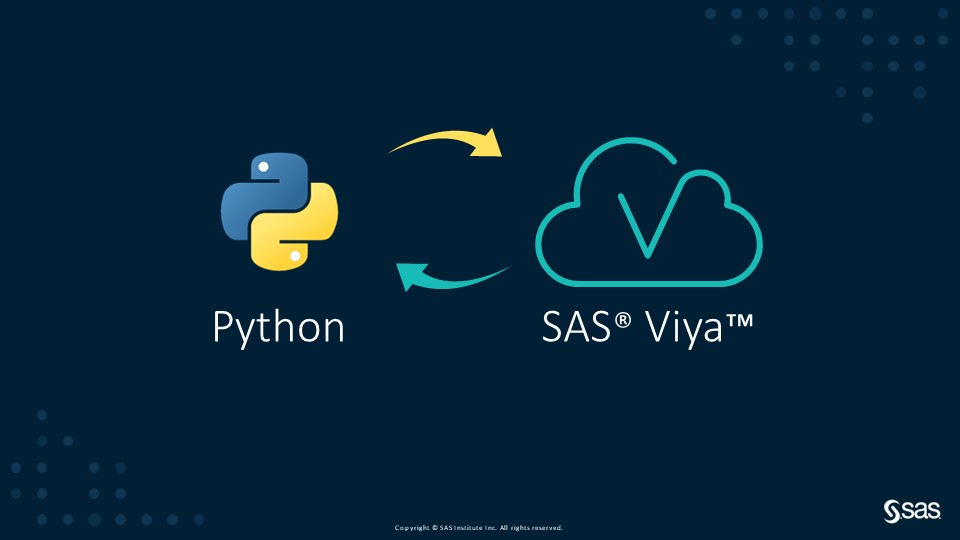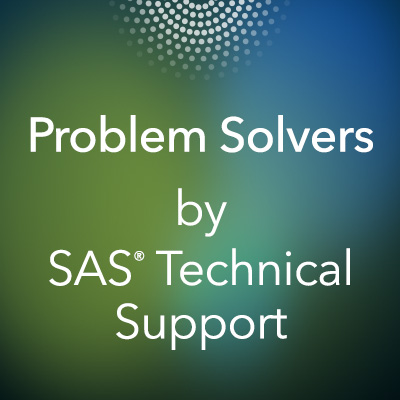Strengthen your programming skills with tips and techniques from the experts

In many programming languages, there is a function named eval() that can be used to evaluate an expression and return the result at run time. For example, in Python, the eval() function parses the expression passed to it and runs a Python expression or code within the program. Even Python



































